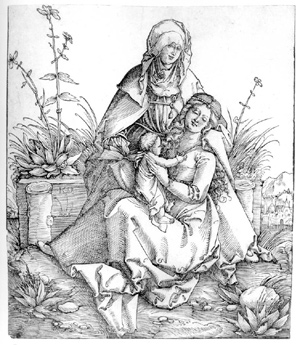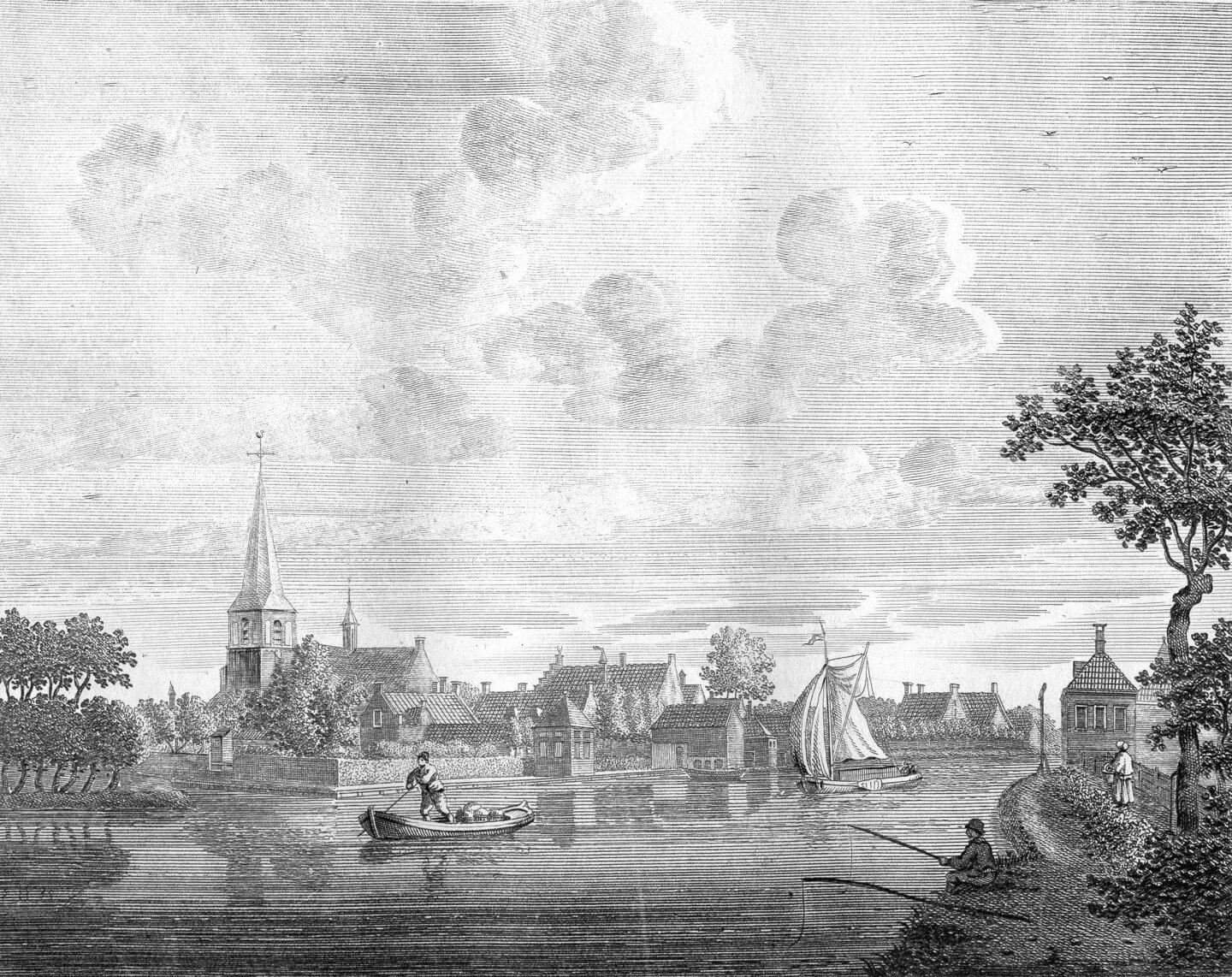Hans Springinklee [part II]

In his best works, Springinklee is so close to his master's style that it is often impossible to distinguish between the two “hands” with certainty. Yet the boundaries between Springinklee's work and that of his - " presumably somewhat older - " workshop-fellow Wolf Traut -" is likewise difficult to draw, as is also the case with the younger Erhard Schön, with whom Springinklee is known to have collaborated.
Moreover, even where he emerges from the anonymity of the workshop assistant with a number of monogrammed single-leaf and book woodcuts, thus presenting himself as an independent artist, his work exhibits significant stylistic and qualitative fluctuations. Following the first oeuvre catalogues by Adam Bartsch (1807) and Johann David Passavant (1860), it was above all Campbell Dodgson with his catalogue of the British Museum's collection (1903) who contributed to sharpening the artistic contours of Springinklee's woodcut oeuvre, even if he never had the intention of drawing up a complete catalogue of the works. In the period that followed, contributions by Heinrich Röttinger (1925), Max Geisberg (1931), Maria Lanckoronska (1956) and Peter Strieder (1961) served to delimit or expand various parts of the oeuvre, while also resulting in an increase of the accompanying ballast, i.e. the ambiguities and contradictions. Dieter Beaujean can now be credited with assembling and illustrating all of the woodcuts ever associated with Hans Springinklee in these two volumes. By identifying the doubtful and unsustainable parts, he has undertaken to extract a verified core of more than three-hundred works from the multitude of attributions. On the one hand, his catalogue raisonné thus sums up the ramified history of research on the subject while also clearly outlining the current state of that research. On the other hand, it forms a solid basis for the necessary further research on the topics of “Dürer's workshop” and the “masters around Albrecht Dürer”.
Published in 2010
Compiler: Dieter Beaujean
Editor: Rainer Schoch
ISBN: 978-90-77551-79-0
208 pp.

